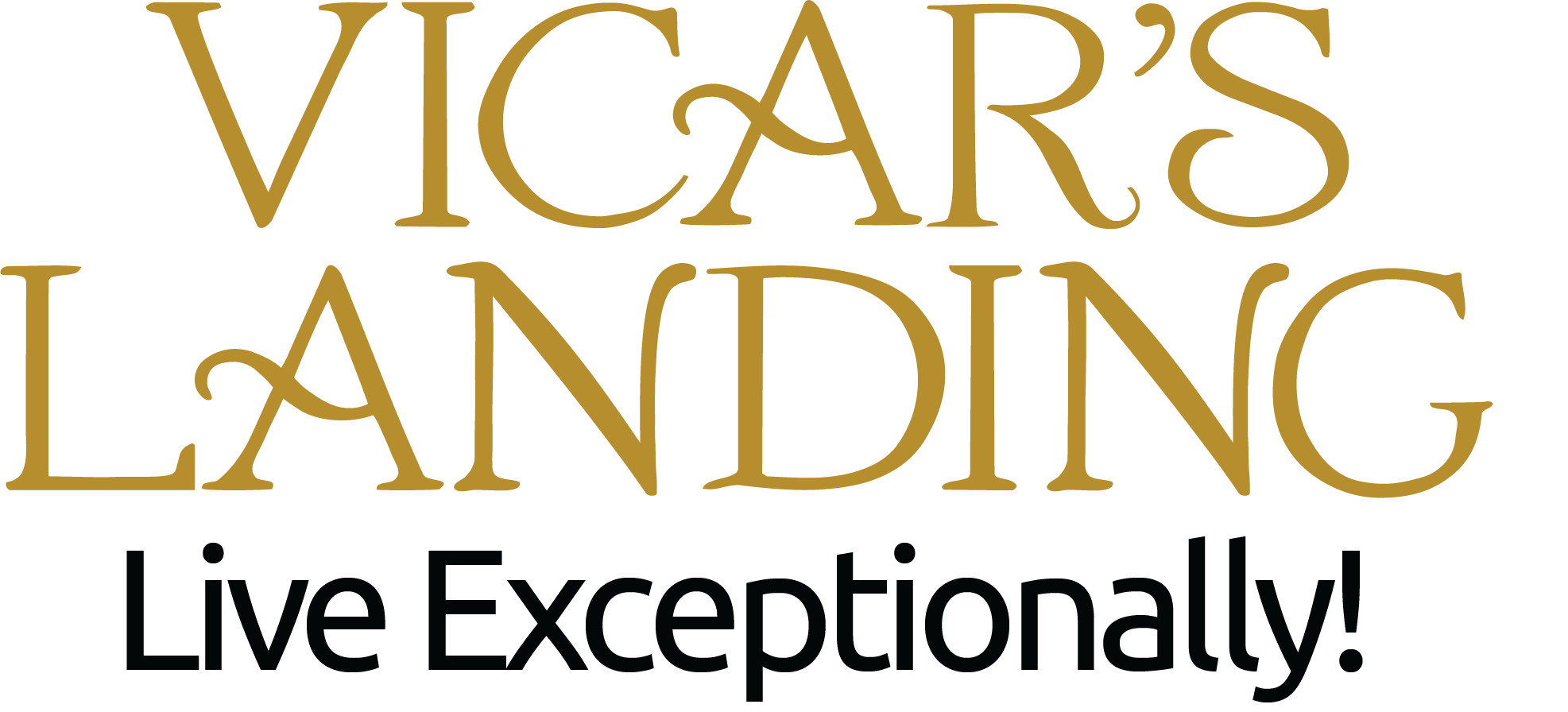The Stratford Visitation Policy and Procedure
Policy Statement
The Stratford is committed to ensuring residents have the right to access in-person visitation while balancing safety and health protocols. In compliance with Florida Senate Bill 988 and Chapter 408.823, this policy establishes visitation rights, including procedures for appointing essential caregivers and managing visitation during emergencies.
Purpose
To ensure compliance with Florida law by granting residents the ability to receive visitors, including essential caregivers, without unnecessary restriction.
Definitions
Essential Caregiver: A person designated by the resident to provide emotional support or assistance with daily living.
Compassionate Care Visitation: Visitation allowed during specific circumstances such as end-of-life situations or significant changes in condition.
Visitation Hours: For The Stratford there are no set visiting hours. Visitation is allowed at any time.
Procedures
I. General Visitation Rights
- Ensure hand sanitizer is available for staff, visitors, and residents throughout the community.
- Screenings are no longer required for entrance to the community.
- Face mask use for residents and visitors is optional, regardless of vaccination or immunization status, unless the resident or visitor is ill or symptomatic.
- If the individual’s loved one is in Isolation, they are required to wear a N-95 mask, gown, and face shield.
- The community will provide the individual with any personal protective equipment (PPE) needed prior to permitting entry.
- Hand hygiene should be performed by the resident and the visitors before and after contact.
- Residents can visit with any person of his or her choice, at any time.
- There is no limit on the number of visitors allowed per visit.
- The Director of Health Services is responsible for ensuring that staff adhere to the policies and procedures of the visitation policy.
- Visitors are not required to submit proof of any vaccination or immunization.
- Consensual physical contact between a resident and the visitor is allowed.
II. Essential Caregiver Designation
A resident or their responsible party may designate anyone they choose as an Essential Caregiver. There are no limits on the number of identified Essential Caregivers per resident.
III. Special Circumstance – Compassionate Care Visitation
In the event a State Agency might require restriction, the Essential Caregiver will be allowed in all the following circumstances, unless the resident objects:
- End-of-life situations
- A resident who was living with family before moving into the community is struggling with the change in environment and lack of in-person family support.
- The resident is making one or more major medical decisions.
- A resident is experiencing emotional distress.
- A resident is grieving the loss of a friend or family member who recently died.
- A resident needs cueing or encouragement to eat or drink which was previously provided by a family member or caregiver.
- A resident, or patient who used to talk and interact with others is seldom speaking. During these times, visits must be conducted in the resident’s room.
IV. Infection Control Requirements
- Visitors must follow established infection control protocols, such as hand hygiene and masking during high-risk situations.
- The Director of Nursing is responsible for Infection Control protocols.
V. Visitor Education
- Infection Control education is posted at the entrance to the building.
- Regular hand washing will be adhered to before, during and after the visit.
- Hand-washing facilities will always be available for use by visitors.
- Alcohol-based gels will be available to all visitors. Hand washing and cleansing with an alcohol-based sanitizer are acceptable methods for hand hygiene. Hand washing with soap and warm water should be performed to remove dirt, blood, and body fluids.
- When visiting a resident that is quarantined due to an active contagion period the visitor will be required to wear full PPE. Community staff will instruct on proper donning and doffing of the PPE.
- The PPE recommended when caring for a resident with suspected or confirmed Infection includes the following and will be provided by the community:
- Respirator (N95)
- Eye Protection
- Gloves
- Gowns
VI. Staff Training:
Ensure all staff are trained in the facility’s visitation policies and the rights of residents to visit under Senate Bill 988.
VII. Complaint Process
- Residents and families can file complaints regarding visitation policies with the Florida Agency for Health Care Administration (AHCA).
- The facility must respond to complaints promptly and resolve any issues consistent with state regulations.
- This visitation policy must be:
- Posted visibly at all facility entrances.
- Shared with residents and their families upon admission.
- Included in staff training materials.
- Provided to the Agency for Health Care Administration (AHCA) with the initial licensure application, renewal application and/or change of ownership application.
- A copy of the visitation policy for The Stratford is available on the Vicar’s Landing website www.vicarslanding.com
VIII. Compliance and Monitoring
- The facility will periodically review its visitation policy to ensure compliance with state laws and address any operational or health-related concerns.


